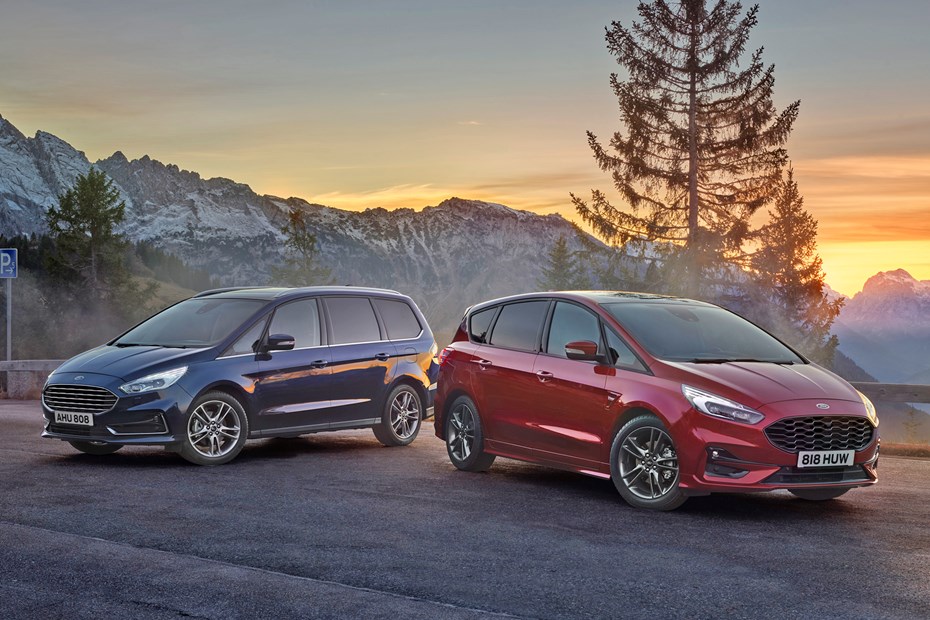Given the ever-growing popularity of SUVs, you’d be forgiven for thinking the more traditional MPV has had its day. Not so, it seems, as Ford has launched hybrid versions of both its S-Max and Galaxy seven-seaters.
Joining both ranges in addition to the existing diesel-only line-ups, the hybrids – which Ford refers to as FHEV for full hybrid electric vehicle – mates a petrol engine with an electric motor in a package that lowers carbon dioxide emissions.
Revealed: Best new cars to look forward to in 2021
How do I charge these Ford hybrids?
There are no charging cables to deal with for recharging the S-Max and Galaxy hybrids as they are what some other manufacturers refer to as ‘self-charging’.
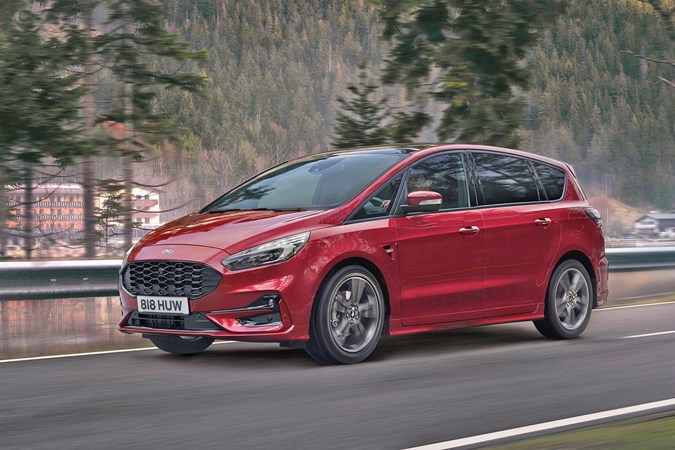
In other words, as well as driving the car, the petrol engine also charges a small battery pack, which in turn can be then used to supplement the engine or drive on purely electric power for short distances.
And being very clear, emphasis on ‘short distances’ can’t be underplayed: while Ford’s plug-in hybrid Kuga has a 14.4kWh battery can and travel up to 35 miles on electric power alone, the unit fitted to the S-Max and Galaxy is just 1.1kWh.
Adequate performance, lower emissions
Total power from the 2.5-litre engine is 190hp, the same as the punchier EcoBlue diesels, although at 200Nm of torque, pulling power is rated at half of the diesels’ output. Drive is sent to the front wheels via a CVT-type of automatic gearbox, so it will be smooth in operation.
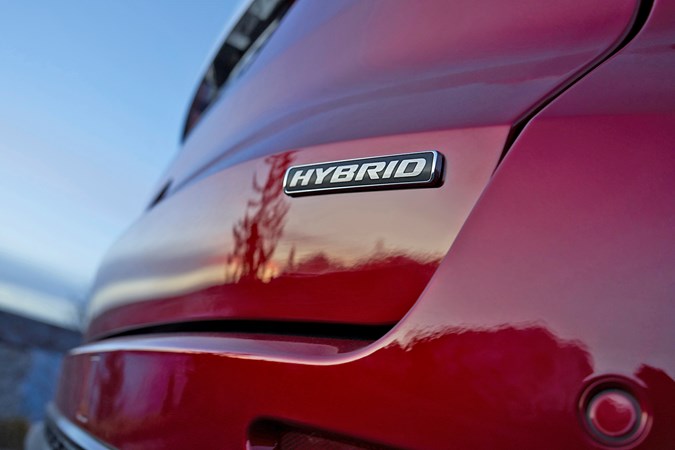
Both S-Max and Galaxy hybrids have a top speed of 115mph, while at 9.8 seconds, the S-Max is 0.2 seconds quicker in the 0-62mph sprint. For reference, the 190hp diesel S-Max post figures of 129mph and 9.6 seconds, the Galaxy 127mph and 9.7 seconds.
Overall fuel efficiency claims are identical to the 190hp diesels, but the hybrids have lower CO2 emissions, which will reduce road tax and Benefit-in-Kind taxation for company car drivers.
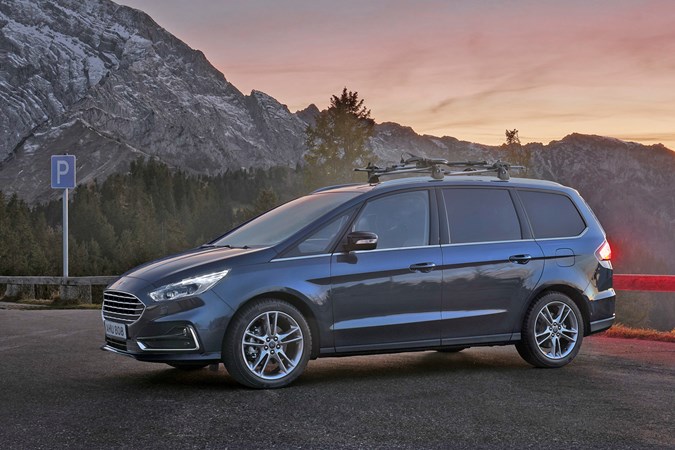
Depending on the version, the S-Max hybrid is rated at 147-148g/km of CO2 (the diesel equivalent is 169-170g/km), while the Galaxy hybrid is 148g/km versus 170g/km for the diesel.
No loss of interior space
One key advantage of the small battery pack is that interior space remains unchanged compared with the diesel versions, while some SUV hybrid conversions have a smaller boot and can’t accommodate a third row of seats.
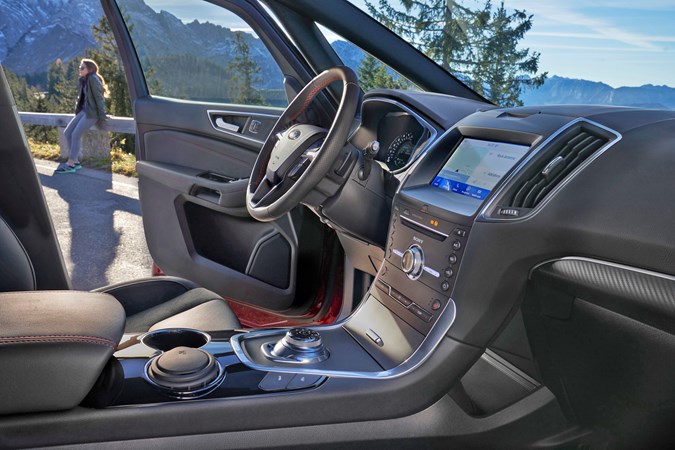
As always, it’s best to think of the S-Max as the slightly sportier of the two, with five roomy seats and two in the third row better-suited to children.
If you need seven adult-sized seats, then the Galaxy is the one to go for thanks to its taller, less tapered roofline at the back.
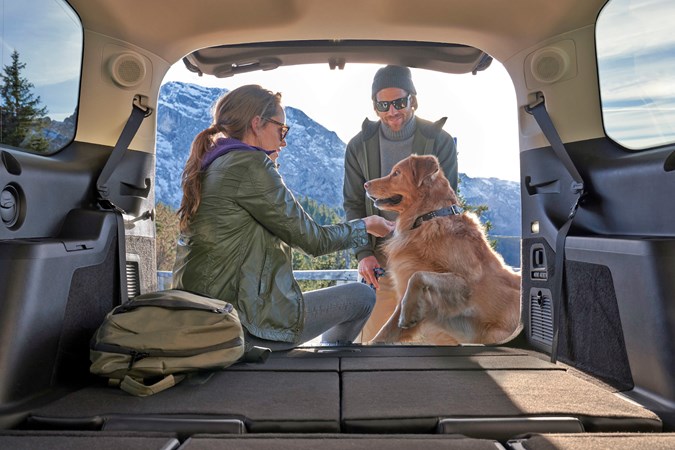
With all seven seats in use, the S-Max has 285 litres of boot space, the Galaxy 300 litres, but all five rear seats fold easily to create a flat cargo bay of up to 2,200 litres and 2,339 litres, respectively.
What this means for you
For buyers who primarily drive in cities and need seven seats with more flexibility and practicality than is typically found in an SUV, then the latest hybrid powered Ford S-Max and Galaxy could prove to be a wise choice.
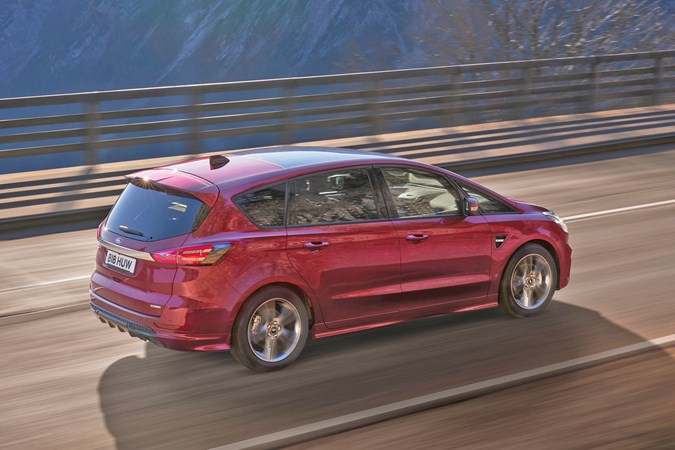
Those who prefer the S-Max have a choice of three versions: the well-equipped, entry-level Titanium (£36,535), the sportier-looking ST-Line (£38,645) and the luxuriously trimmed Vignale (£41,795). The latter pair are just £625 more expensive than the 190hp diesel versions.
There’s just one Galaxy hybrid on offer, in Titanium specification at £38,695 – again a £625 price premium over the equivalent diesel.
Parkers will be among the first to drive the hybrid-powered Ford S-Max and Galaxy, so keep this page bookmarked for the latest news and views.
Further reading
>> Still want a large, seven-seater hybrid SUV? Toyota’s Highlander arrives soon
>> What are the best seven-seaters currently on sale? Find out here
>> Learn how much your car is worth with a Parkers valuation
For all the latest advice, news and finance deals, sign up to the Parkers newsletter here.
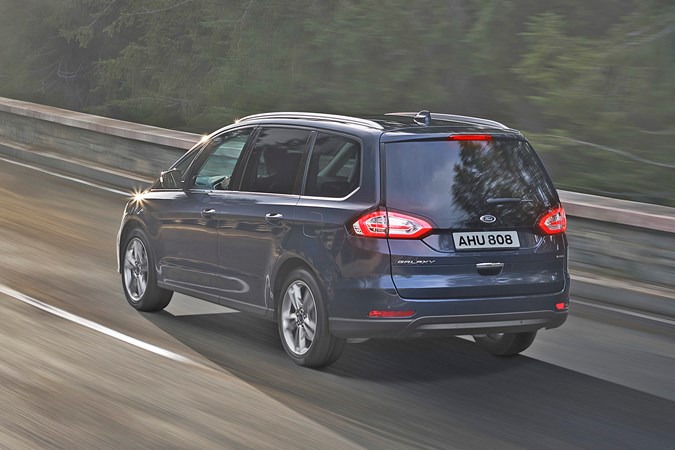
Just so you know, we may receive a commission or other compensation from the links on this website - read why you should trust us.


